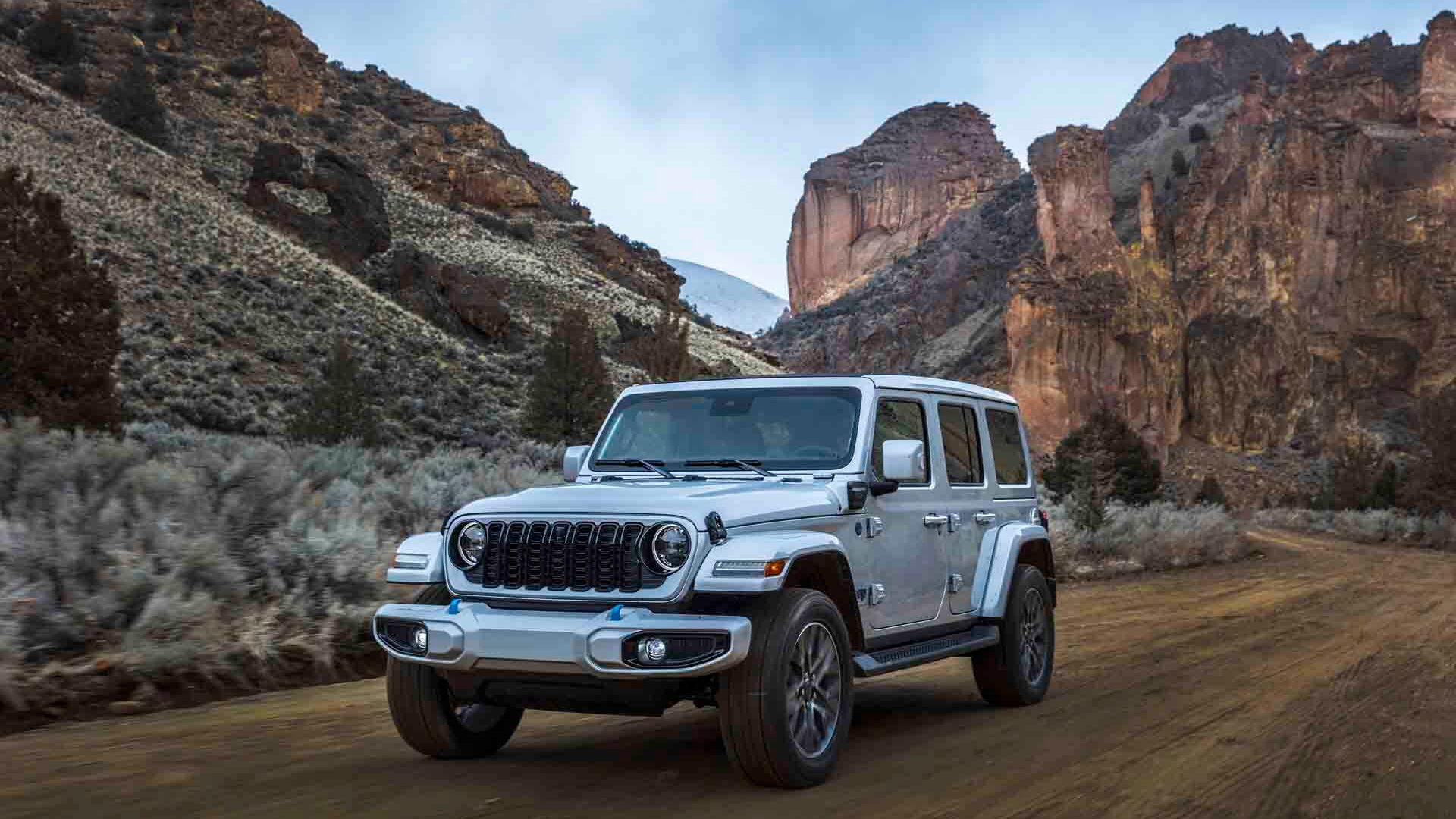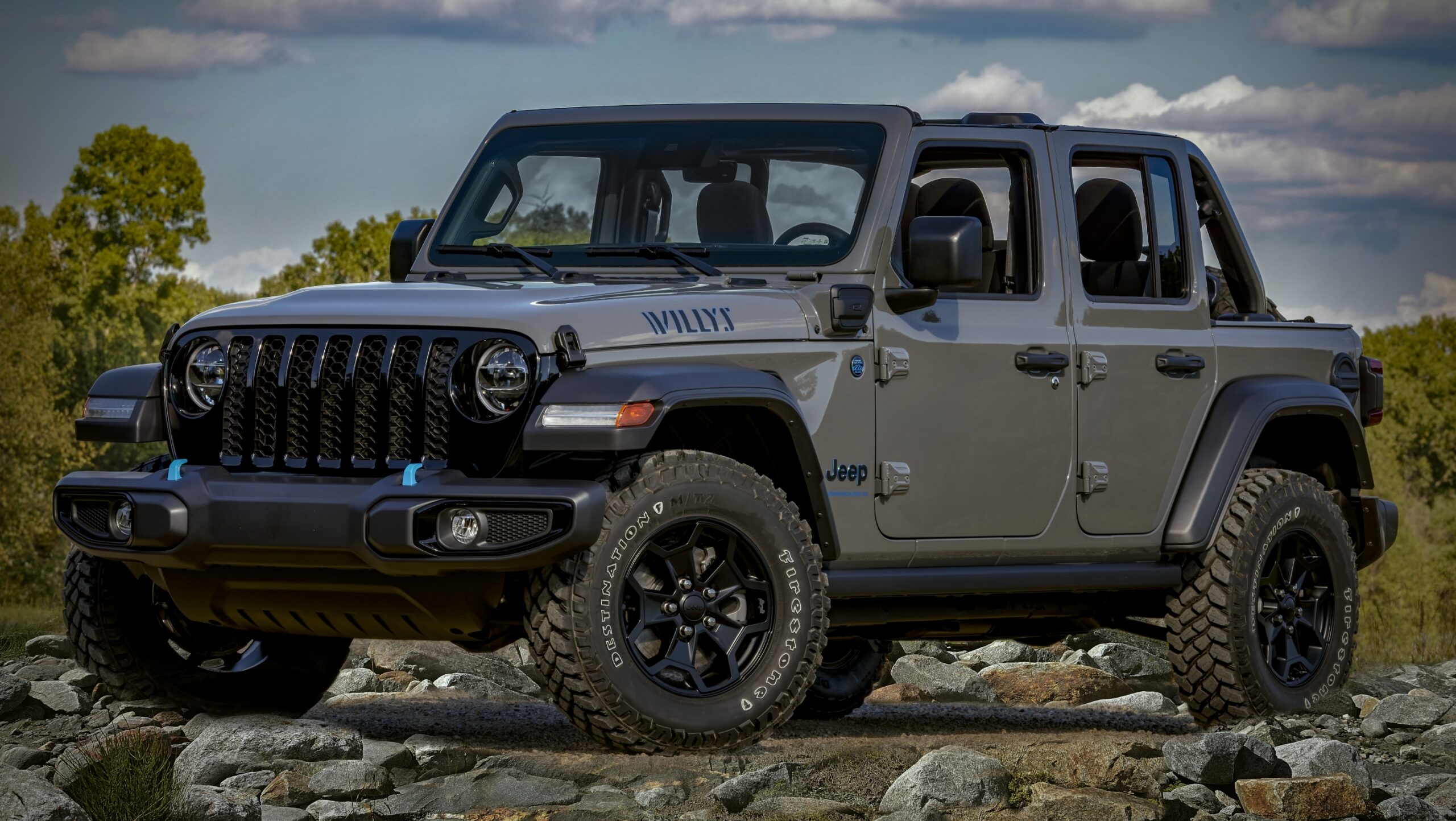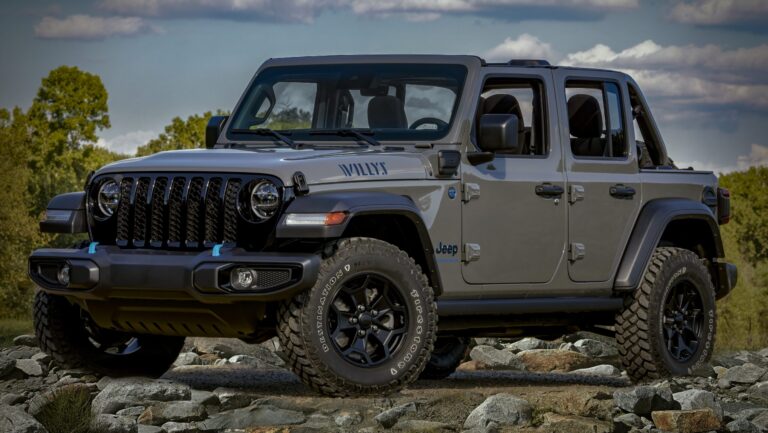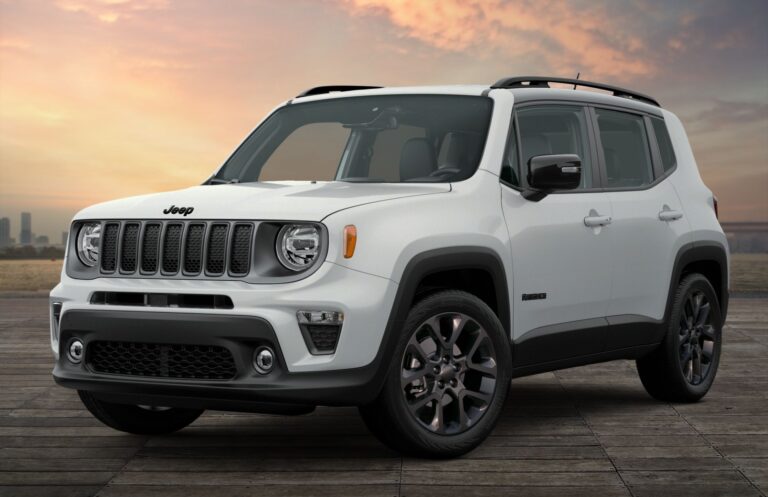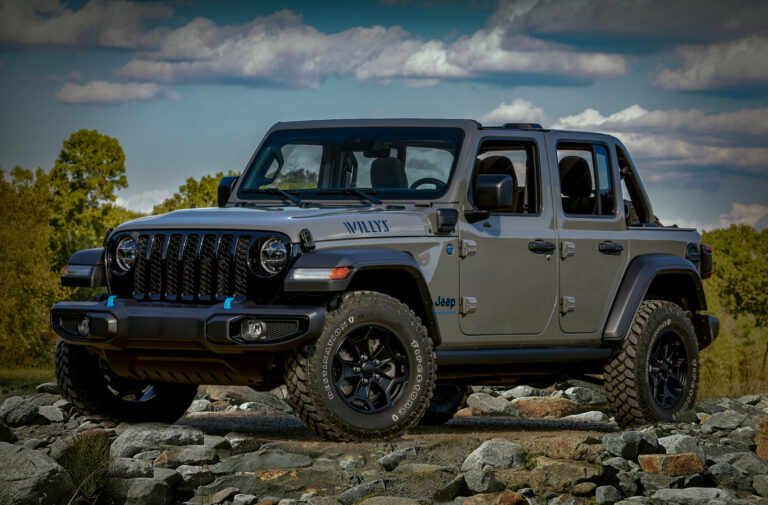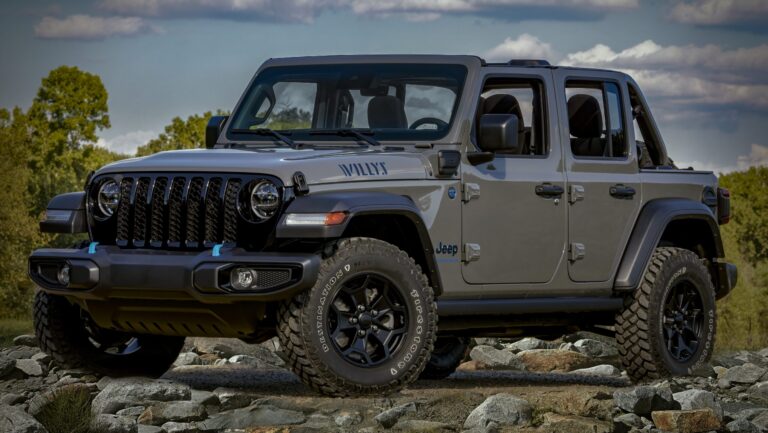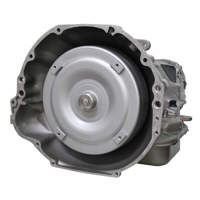Jeep SRT Performance Specs: Unveiling the Apex Predator SUV
Jeep SRT Performance Specs: Unveiling the Apex Predator SUV jeeps.truckstrend.com
The automotive landscape is replete with vehicles that specialize in one domain or another. Some are built for rugged off-road prowess, others for luxurious comfort, and many for blistering speed on asphalt. Then there’s the Jeep Grand Cherokee SRT and its even more ferocious sibling, the Trackhawk. These are not mere SUVs; they are a unique breed of performance vehicles that defy categorization, blending the utility and stature of a family hauler with the heart and soul of a supercar.
Understanding the "Jeep SRT Performance Specs" is to delve into the very essence of what makes these vehicles so captivating and, at times, bewildering. It’s about appreciating the meticulous engineering that allows a vehicle weighing over two tons to out-accelerate many sports cars, carve corners with surprising agility, and stop with an authority that belies its size. For enthusiasts and prospective owners alike, these specifications are more than just numbers; they are a testament to Jeep’s audacious vision to create an SUV that truly offers the best of both worlds – utility and unadulterated performance.
Jeep SRT Performance Specs: Unveiling the Apex Predator SUV
This comprehensive guide will unpack the core performance specifications of the Jeep Grand Cherokee SRT and Trackhawk, exploring the engineering marvels that underpin their capabilities, offering practical advice for owners, and addressing common queries about these extraordinary machines.
The Heart of the Beast: Engine and Powertrain
At the core of the Jeep SRT’s formidable performance lies its legendary HEMI V8 engine, paired with a robust drivetrain designed to harness immense power effectively.
-
6.4L naturally Aspirated HEMI V8 (Grand Cherokee SRT):
- Horsepower: 470-475 hp (depending on model year).
- Torque: 465 lb-ft.
- This engine, shared with other SRT models, is a masterpiece of naturally aspirated power delivery. It offers a broad torque curve and a thrilling exhaust note that announces its presence. While not supercharged, its displacement and design ensure rapid throttle response and significant power output, making the Grand Cherokee SRT a formidable performer in its own right.
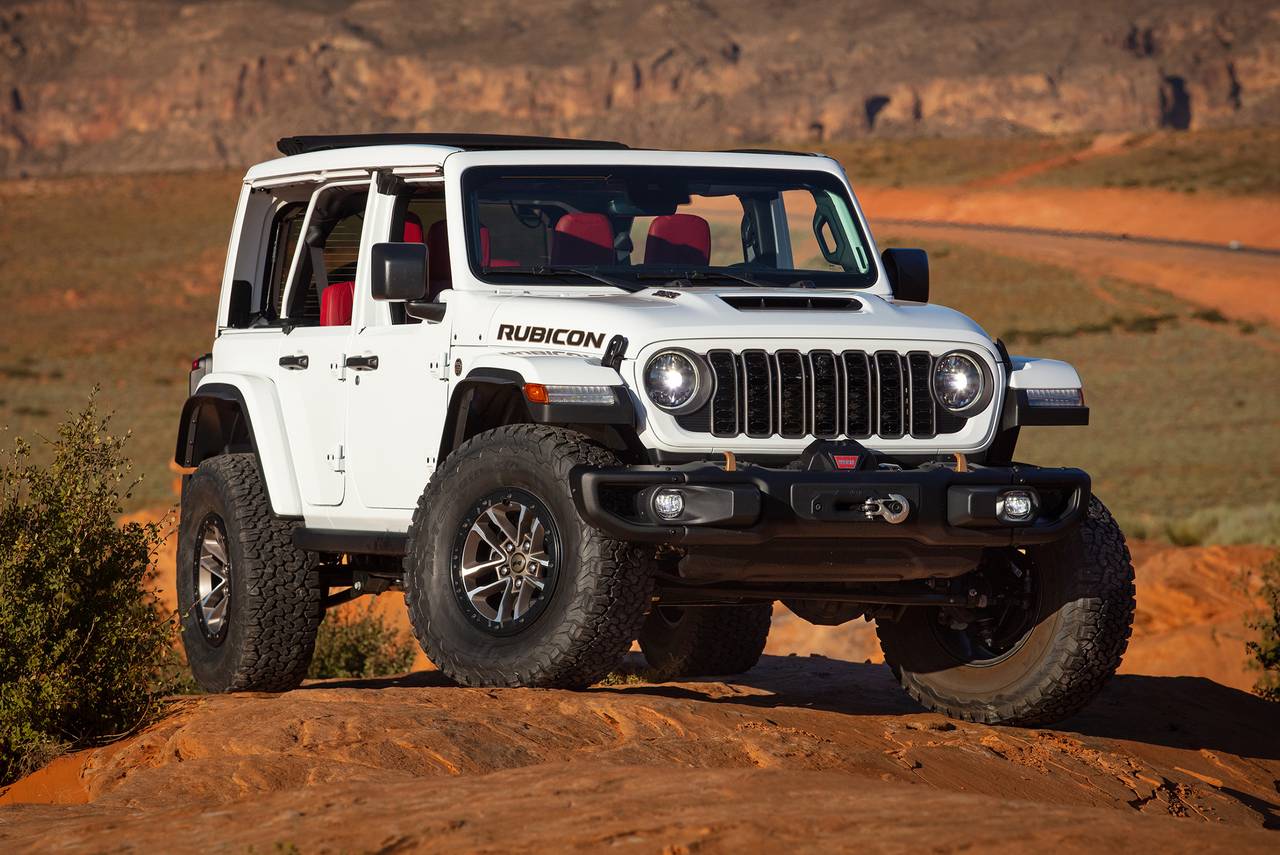
-
6.2L Supercharged HEMI V8 (Grand Cherokee Trackhawk):
- Horsepower: 707 hp.
- Torque: 645 lb-ft.
- The Trackhawk truly pushes the boundaries, borrowing the Hellcat engine directly from Dodge’s performance stable. The addition of a massive supercharger transforms the Grand Cherokee into the most powerful production SUV ever made upon its release. This engine delivers an immediate, overwhelming surge of power, accompanied by the distinctive whine of the supercharger, propelling the vehicle with breathtaking force.

Both engines are mated to a TorqueFlite 8-speed automatic transmission. This transmission is crucial for handling the immense torque, offering quick, crisp shifts that are essential for optimal acceleration and performance. Its multiple ratios ensure the engine remains in its power band, whether launching from a standstill or cruising at highway speeds.
Power is routed to all four wheels via Jeep’s Quadra-Trac Active On-Demand 4WD system. This advanced system features a single-speed transfer case that automatically and seamlessly distributes torque to the wheels with the most traction. In performance modes, it can direct a significant percentage of power to the rear wheels for a more dynamic, rear-wheel-drive biased feel, enhancing the vehicle’s handling characteristics during spirited driving.
Blistering Acceleration and Top Speed
This is where the Jeep SRT truly shines, defying expectations for a vehicle of its size and utility.
-
Grand Cherokee SRT:
- 0-60 mph: Approximately 4.4 – 4.8 seconds.
- Quarter-mile: Low 13-second range.
- Top Speed: Approximately 160 mph (257 km/h).
-
Grand Cherokee Trackhawk:
- 0-60 mph: A mind-bending 3.5 seconds.
- Quarter-mile: Mid-11-second range (typically 11.6 – 11.8 seconds).
- Top Speed: 180 mph (290 km/h).
These figures are astonishing for an SUV, particularly the Trackhawk’s ability to hit 60 mph in under four seconds. This is largely thanks to the sophisticated Launch Control system available in both models. Activating launch control optimizes engine RPM, transmission shift points, and traction control for maximum acceleration from a standstill, ensuring repeatable, consistent drag strip performance. It’s a key feature that allows drivers to extract the vehicle’s full potential without requiring professional driving skills.
Mastering the Road: Handling and Braking
Power without control is useless, and Jeep SRT models are equipped with significant enhancements to manage their formidable output.
- Adaptive Damping Suspension: Both SRT and Trackhawk models feature an adaptive damping suspension system, often utilizing Bilstein shocks. This system continuously adjusts damping forces based on road conditions, driver inputs, and selected driving modes. This allows the vehicle to be comfortable for daily driving while stiffening up significantly in Sport or Track modes to reduce body roll and improve handling during aggressive maneuvers.
- High-Performance Brembo Braking System: To effectively rein in the immense power, both models are fitted with substantial Brembo braking systems.
- SRT: Typically features 6-piston front calipers gripping 15-inch vented rotors and 4-piston rear calipers on 13.8-inch rotors.
- Trackhawk: Boasts even larger 6-piston front calipers clamping down on 15.75-inch (400 mm) two-piece vented rotors and 4-piston rear calipers on 13.78-inch (350 mm) rotors. These are the largest front brakes ever offered on a Jeep vehicle.
- These systems provide exceptional stopping power, fade resistance, and pedal feel, crucial for confidence when driving at speed.
- Performance-Tuned Steering: The electric power steering system is calibrated for a precise, direct feel, giving the driver confidence and feedback necessary to control such a powerful vehicle.
Form Meets Function: Aerodynamics and Design
The aggressive styling of the Jeep SRT models isn’t just for show; it’s meticulously designed to enhance performance.
- Functional Hood Scoops and Heat Extractors: These are not cosmetic. The larger, more aggressive hood on both models (especially the Trackhawk) features functional scoops and vents that improve airflow to the engine bay, aiding in cooling, which is vital for sustained high-performance driving.
- Aggressive Front Fascia: The lower front fascias are designed to optimize airflow for engine and brake cooling, and to reduce lift at high speeds. The Trackhawk’s fascia often includes larger air intakes to feed its supercharged engine.
- Rear Diffuser: Integrated into the rear bumper, the diffuser helps to manage airflow underneath the vehicle, reducing drag and improving aerodynamic stability, particularly at higher speeds.
- Wider Fenders and Performance Wheels: These accommodate wider, stickier performance tires, which are essential for maximizing grip during acceleration, braking, and cornering.
Tailored Performance: Driving Modes and Technology
The Jeep SRT experience is customizable through its advanced electronic systems.
- Selec-Track System: This system allows the driver to choose from various performance-tuned driving modes, altering suspension stiffness, transmission shift points, torque distribution, stability control, and steering feel.
- Auto: Balances performance and comfort for everyday driving.
- Sport: Firms up suspension, quickens shifts, and sends more power to the rear wheels for spirited road driving.
- Track: The most aggressive setting, optimizing for circuit driving with maximum stiffness, fastest shifts, and a more rear-biased power delivery.
- Snow: Adjusts traction and stability for optimal grip in slippery conditions.
- Tow: Calibrates engine and transmission for optimal towing performance, ensuring stability and power delivery when hauling.
- Performance Pages: Accessible via the Uconnect infotainment system, Performance Pages provide real-time data on vehicle metrics like 0-60 mph times, g-force, quarter-mile times, braking distance, engine output, and more. This allows owners to track their performance and gain insights into their vehicle’s capabilities.
Evolution of Power: Grand Cherokee SRT vs. Trackhawk
While both wear the "SRT" badge, the Grand Cherokee SRT and Trackhawk represent distinct levels of performance.
- Grand Cherokee SRT: Introduced in 2006 (as SRT8), it established the blueprint for the high-performance SUV. Its naturally aspirated 6.4L HEMI offers a potent blend of power, sound, and everyday usability. It’s a true performance SUV capable of thrilling drivers and handling family duties with ease. It appeals to those who want significant power without the extreme costs or supercharged theatrics of the Trackhawk.
- Grand Cherokee Trackhawk: Launched in 2018, the Trackhawk is the ultimate expression of the performance SUV concept, essentially a Hellcat engine stuffed into a Grand Cherokee. Its supercharged 6.2L HEMI delivers a truly brutal level of acceleration and a distinctive supercharger whine. It’s built for those who demand the absolute maximum in straight-line speed from an SUV, pushing the boundaries of what’s considered possible for a vehicle of its type. The Trackhawk commands a higher premium and comes with higher running costs due to its extreme performance.
Key Performance Specifications Table
| Feature | Jeep Grand Cherokee SRT (6.4L HEMI) | Jeep Grand Cherokee Trackhawk (6.2L Supercharged HEMI) |
|---|---|---|
| Engine | 6.4L Naturally Aspirated V8 | 6.2L Supercharged V8 |
| Horsepower | 470-475 hp | 707 hp |
| Torque | 465 lb-ft | 645 lb-ft |
| Transmission | 8-speed Automatic (TorqueFlite) | 8-speed Automatic (TorqueFlite) |
| Drivetrain | Quadra-Trac Active On-Demand 4WD | Quadra-Trac Active On-Demand 4WD |
| 0-60 mph | 4.4 – 4.8 seconds | 3.5 seconds |
| 1/4 Mile | Low 13 seconds | Mid 11 seconds (e.g., 11.6 – 11.8 seconds) |
| Top Speed | 160 mph (257 km/h) | 180 mph (290 km/h) |
| Brakes (Front) | Brembo 6-piston, 15-inch rotors | Brembo 6-piston, 15.75-inch rotors |
| Brakes (Rear) | Brembo 4-piston, 13.8-inch rotors | Brembo 4-piston, 13.78-inch rotors |
| Fuel Economy (Est.) | 13-15 MPG Combined (City/Hwy) | 11-13 MPG Combined (City/Hwy) |
Ownership Insights: Practicalities and Considerations
Owning a Jeep SRT is an exhilarating experience, but it comes with specific considerations.
- Fuel Economy: As indicated in the table, these vehicles are not fuel-efficient. The powerful HEMI engines, especially the supercharged variant, consume premium fuel at a rapid rate, particularly under enthusiastic driving. Budgeting for higher fuel costs is essential.
- Maintenance and Running Costs: Due to their high-performance nature, SRTs require specialized maintenance. High-performance tires wear quickly, especially with aggressive driving, and can be expensive to replace. Brake pads and rotors are also larger and pricier than those on standard SUVs. Regular oil changes with synthetic oil and adherence to the manufacturer’s maintenance schedule are crucial for longevity.
- Tire Considerations: The immense power and weight demand high-performance, often asymmetrical or directional, summer tires for optimal grip. These tires are not designed for cold weather or snow, necessitating a dedicated set of winter tires if you live in a cold climate.
- Insurance: Due to their high value, performance capabilities, and potential for spirited driving, insurance premiums for SRT and Trackhawk models can be significantly higher than for standard SUVs.
- Tips for Maximizing Performance and Longevity:
- Read the Manual: Understand how to properly use launch control and the various Selec-Track modes.
- Regular Maintenance: Do not skip oil changes or neglect other scheduled services.
- Tire Management: Monitor tire pressure regularly and be mindful of tire wear. Rotate them as recommended.
- Responsible Driving: While exhilarating, these vehicles demand respect. Understand their limits and drive responsibly, especially on public roads.
Navigating Challenges: Solutions for SRT Ownership
Despite their allure, SRT models present a few challenges that owners should be prepared for.
- High Running Costs:
- Challenge: Fuel, tires, and maintenance add up quickly.
- Solution: Factor these costs into your budget before purchase. Consider extended warranties for peace of mind on major components. Drive less aggressively for better fuel economy and tire life during daily commutes.
- Tire Wear:
- Challenge: Performance tires wear out rapidly, especially with hard acceleration/braking.
- Solution: Invest in a quality tire pressure gauge and check frequently. Avoid unnecessary burnouts or aggressive driving that isn’t on a track. Consider different tire compounds if longevity is a higher priority than ultimate grip for daily driving (though this can compromise performance).
- Weight and Size:
- Challenge: Despite their agility, they are large, heavy vehicles, which can be challenging in tight parking spaces or dense urban environments.
- Solution: Utilize parking assists and cameras. Practice spatial awareness. The performance characteristics are best enjoyed on open roads or tracks.
- Potential for Misuse/Hooring:
- Challenge: The extreme power can tempt drivers into dangerous or irresponsible behavior.
- Solution: Emphasize responsible driving. Understand the vehicle’s limits and yours. Utilize track days or controlled environments to safely explore its performance capabilities.
Conclusion: The Enduring Legacy of the SRT SUV
The Jeep Grand Cherokee SRT and Trackhawk stand as compelling testaments to what’s possible when performance engineering meets SUV utility. Their performance specs are not just numbers; they represent a bold commitment to delivering supercar-level acceleration and handling in a package that can still comfortably seat a family and tow a trailer. From the naturally aspirated roar of the SRT to the supercharged shriek of the Trackhawk, these vehicles offer an unparalleled driving experience that continues to capt captivate and thrill.
While they demand a higher commitment in terms of running costs and responsible ownership, the reward is a vehicle that truly does it all – conquering the daily commute, embarking on family adventures, and dominating the drag strip with a ferocity that leaves sports cars in its wake. The Jeep SRT’s performance specs solidify its legacy as an automotive icon, a true apex predator in the SUV jungle.
Frequently Asked Questions (FAQ)
Q1: What is the main difference between a Jeep Grand Cherokee SRT and a Trackhawk?
A1: The primary difference is the engine. The SRT uses a naturally aspirated 6.4L HEMI V8 (470-475 hp), while the Trackhawk features a supercharged 6.2L HEMI V8 (707 hp), making the Trackhawk significantly more powerful and faster.
Q2: Is the Jeep SRT good for daily driving?
A2: Yes, both SRT and Trackhawk models are surprisingly comfortable and practical for daily driving, offering ample space, luxury features, and adjustable suspension. However, be prepared for poor fuel economy and potentially stiff ride in performance modes.
Q3: How much does a Jeep SRT or Trackhawk typically cost?
A3: New, the Grand Cherokee SRT typically started around $68,000-$70,000, while the Trackhawk started around $87,000-$90,000. On the used market, prices vary wildly based on model year, mileage, condition, and region. Expect a significant premium for Trackhawk models due to their rarity and extreme performance.
Q4: Can a Jeep SRT go off-road?
A4: While it’s still a Jeep, the SRT and Trackhawk are highly optimized for on-road performance. Their low ground clearance, performance-oriented suspension, and summer tires are not suitable for serious off-roading. They can handle light dirt roads, but they are not designed for rugged trails.
Q5: What kind of fuel does a Jeep SRT use?
A5: Both the 6.4L and 6.2L supercharged HEMI engines require premium octane fuel (91+ octane) for optimal performance and to prevent engine damage.
Q6: How often do I need to replace tires on a Jeep SRT/Trackhawk?
A6: Tire life varies greatly depending on driving style. Aggressive driving will significantly reduce tire life, potentially requiring replacement every 10,000-15,000 miles or even less. More conservative driving might extend this to 20,000-25,000 miles. Performance tires are also more expensive than standard SUV tires.
